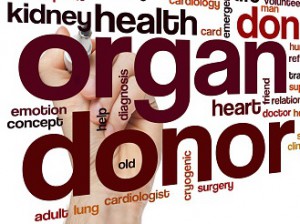Being a single parent is not easy; it has its own set of challenges.
Couples get together with the very best of intentions, full of hopes and dreams of white picket fences, 2.5 kids.
No one enters into a committed relationship with the intention of uncoupling. Nonetheless, it’s a distressingly common occurrence.
Suddenly, you find yourself a single parent. Even if you have always been an active, involved parent, this is a completely different experience.
In the best of situations, with a support team of grandparents, aunts, uncles, siblings, friends, etc. you may have bouts of frustration and fatigue.
During these times you will have to push through and step-up. There is no substitution for a parent when dealing with a crying toddler, grumpy daughter or a son who failed to make the last out. These are hurdles you and your children will have to scale together.
Some of the most common ways a single parent can cope with and reduce stress are:
- Finding a balance – Remember that parenting is about the moment. Take a deep breath and let go of your expectations.
- Show your love –Praise your child. Give him or her unconditional love and support.
- Create a routine – Structure, such as regularly scheduled meals and bedtimes help your child know what to expect.
- Find quality child care – If you need regular child care, look for a qualified caregiver who can provide a safe environment. Do not rely on an older child as your only babysitter and be careful about asking a new friend or partner to watch your child.
- Set limits – Explain house rules and expectations to your child, such as speaking respectfully and enforce them.
- Don’t give in to guilt – Don’t blame yourself or spoil your child to try to make up for being a single parent.
- Make time for yourself – Include physical activity in your daily routine, eat a healthy diet and get plenty of sleep. Make time to enjoy alone time or activities with close friends.
- Lean on others – It’s okay to join a support group for single parents or seek social services. Call on trusted loved ones, friends and neighbors for help.
- Stay positive – Be honest with your child if you’re having a difficult time, but remind him or her that things will get better. Try to keep your sense of humor when dealing with everyday challenges.
Mistakes may be made, but with love and the best of intentions, you’ll make it through.
All content of this newsletter is intended for general information purposes only and is not intended or implied to be a substitute for professional medical advice, diagnosis or treatment. Please consult a medical professional before adopting any of the suggestions on this page. You must never disregard professional medical advice or delay seeking medical treatment based upon any content of this newsletter. PROMPTLY CONSULT YOUR PHYSICIAN OR CALL 911 IF YOU BELIEVE YOU HAVE A MEDICAL EMERGENCY.

